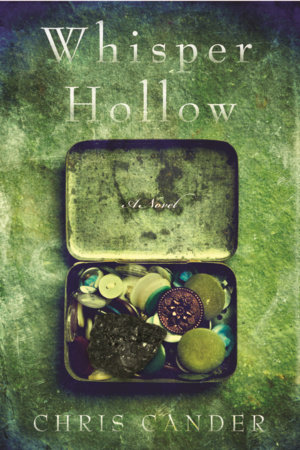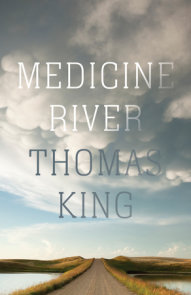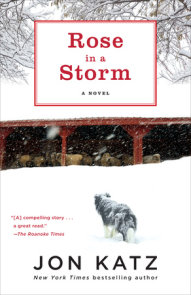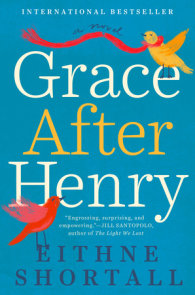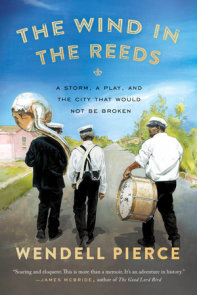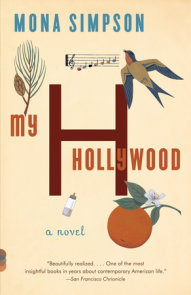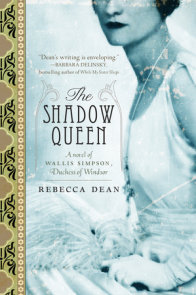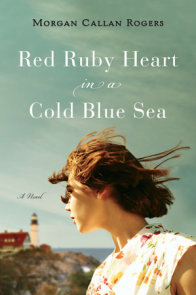READERS GUIDE
1. Describe Alta’s relationships with the various men in her life. How are these relationships similar? How are they different? How do they help shape Alta’s life?2. How is family depicted in the novel? Is a traditional family something to aspire to, or something to be avoided? Compare what role family serves in the miners’ lives (see page 54) to what John Esposito experiences in his marriage to Myrthen Bergmann. Does Alta find happiness within her family or outside of it?
3. What is the significance of Whisper Hollow for Myrthen? For John and Alta? For Lidia? Why do you think the novel is named after Whisper Hollow, and not the town in which the characters live, Verra?
4. On page 307 Alta says, “Whatever truth it is you’re talking about, what good would it do anyone to know it? . . . People learn to live with their own versions of the truth.” Lidia wonders if we shouldn’t “always be honest.” Who do you think is right? At the end of the novel is it truth or “[people’s] own versions of the truth” that triumphs?
5. How does Myrthen shape the lives of the people in Verra? Do you think she’s the antagonist of the novel? Do you ever feel pity for her?
6. What role does religion play in Myrthen’s life? On page 205 the narrator tells us, “She had prayed very hard, bruised her knees and squeezed her eyes so intently until she no longer saw or even thought of the periphery of her actions.” How does she use religion to deal with guilt?
7. Describe the difference between the guilt that Alta, Myrthen, Lidia, and Stanley feel. What role does confession play in alleviating their guilt? In the novel, is it secular confession or religious confession that offers the most redemption?
8. Myrthen, John, Alta, and Lidia all sometimes feel isolated in Verra. In the novel, what works against isolation?









